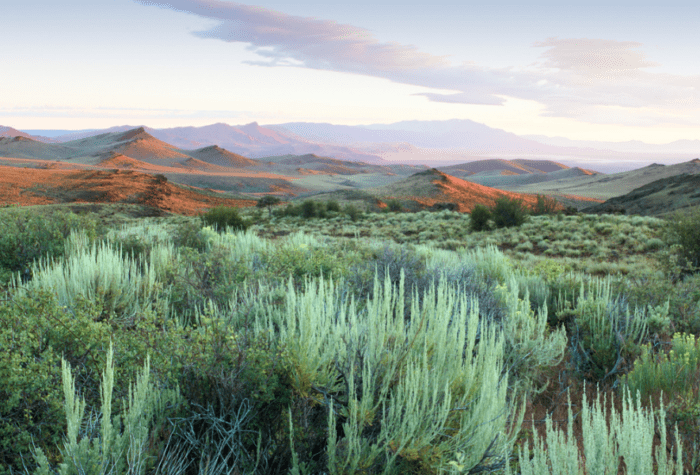Taking stock of these unprecedented times and all that our communities and the country have experienced in recent months, it is difficult to believe the year 2020 is only half over.
For ONDA, these events have highlighted the need for further reflection and evolution as individuals and as an organization. And it has required continued diligence as we counter a slew of threats to desert wildlife, watersheds and wilderness.
Ever the optimists, we’re also looking forward to opportunities to improve public lands conservation and management in agency planning in coming months, and pursuing Congressional protection for iconic and irreplaceable public lands and waters across Oregon’s high desert through 2020 and beyond.
Defending our conservation legacy
Even as the current administration has been slow to respond to national crises this year, it has accelerated its efforts to roll back protections for wildlife, wilderness and other public values, curtail public involvement in natural resource planning, and finalize intrusive management schemes that could threaten millions of acres of public lands. ONDA has been heavily engaged in these processes, which range from multi-state plans that limit options for managing wildfire in sagebrush grasslands to efforts to expand motorized recreation on sensitive public lands, lessen environmental review of public lands livestock grazing, and authorize construction of hundreds of miles of fire fuel breaks on wilderness quality lands in the Owyhee country.
ONDA will continue to track every one of these proposals and doggedly defend the conservation laws, regulations, policies and programs — including in the courts, if necessary — to protect wildlife, public lands and waters and the public’s right to participate in the management of these unparalleled and irreplaceable resources.

